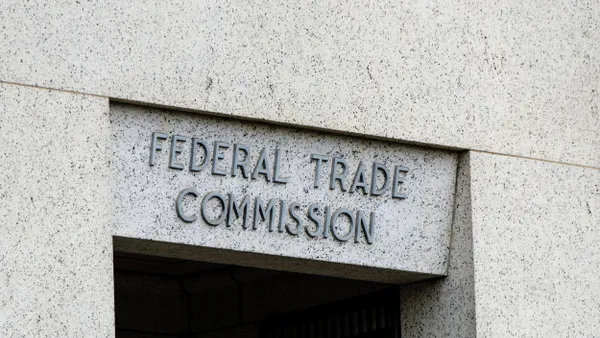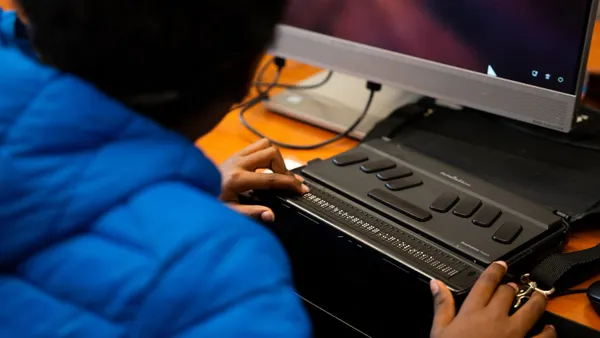Dive Brief:
- Two new reports from Achieve and Education First look at ways states have used ESSA plans to promote STEM curricula and move away from former federal accountability measures that only emphasized reading and math, reports Education Week.
- Looking at states that have already submitted or have drafted plans, these groups find that the most common measures considered are: counting science testing as determinations of student success, tapping into federal funding streams through ESSA that support STEM education, including AP or IB science indicators in accountability, and enhancing career and technical education.
- States using ESSA for science emphasis are tapping into a timely opportunity for improving student outcomes across the board, as Ed Week reports more girls than ever already took the AP computer science exam this year, while the number of minorities who took it have tripled — and counterparts working with higher ed are also in a prime position to create more learning opportunities for students with these backgrounds.
Dive Insight:
Former federal accountability measures under No Child Left Behind, as well as Common Core standards derived from them, primarily emphasized reading and math, which left many schools pushing science education to the background. However, this created serious gaps in learning for students and a general lack of interest in science education overall. A recent survey from Lockheed Martin examining students' interest in STEM found that only 38% of educators believed a majority of students seemed “naturally interested” in STEM subjects, and another 25% of those surveyed said current school curriculum is not properly preparing students for a STEM career. And in considering the K-12 to workforce pipeline, employers are increasingly concerned that students will not be able to fill jobs. For instance, The Smithsonian Science Education Center found that STEM jobs were not only growing, but that there would be 2.4 million unfilled STEM jobs by 2018 due to lack of qualified candidates.
ESSA opens an opportunity for states to not only enhance student outcomes and fill diversity gaps, with minorities and women trying to break into more STEM subjects and fields, but also improve science education overall. States considering strategies for achieving this can look toward these ESSA plans for inspiration. Tennessee and Michigan have already submitted plans with STEM as a major component, but Education First also notes that plans from Iowa, New Mexico and Washington are worth watching. Additionally, educators can be proactive by observing these plans and trying to work with state legislators to explain what needs to be emphasized in STEM and how it ought to be tested.
But it also opens a larger opportunity for colleges and universities to get even more involved with K-12 schools and decision makers in that space to more effectively build the career pipeline. For example, the Verizon Minority Male Makers program — which originally began at black universities and colleges like Morgan State University, North Carolina A&T State University, Jackson State University and Kentucky State University, but now consists of 11 partners — matches middle school students with colleges and universities, offering intensive summer training.
In other areas, K-12 and higher ed can also collaborate through the use of non-profits, like NASA, which often create the resources and educational programs that go across all parts of the educational spectrum. As lack of diversity in STEM, and the lack of qualified professionals in STEM careers overall, is a systemic issue that begins at early childhood education, it's critical that leaders in all parts of the education industry collaborate to improve the situation. ESSA state plans are a perfect opportunity for such collaboration to thrive.











